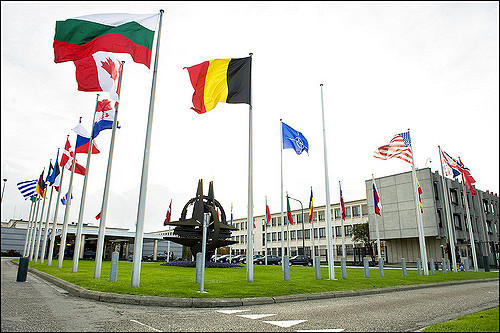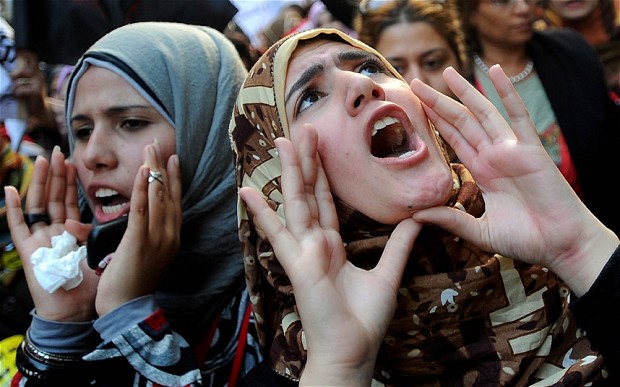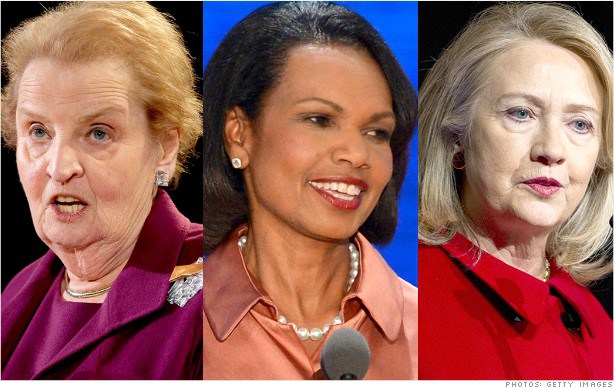The United States Pentagon announced plans to allow female soldiers to serve in combat roles in January 2013. Since then, officials have been working diligently to develop a comprehensive program for how this integration will take place. The crux of the program will be the creation of physical standards that are gender-neutral, meaning that fitness and other testing could be applied equally to both men and women, without having to “weaken” them for either gender. Through a program called “Soldier 2020” the military will review and re-evaluate the current physical standards for combat positions in order to establish standards that are “gender-neutral […] age-neutral and body-type neutral.” Such standards will be beneficial to men, women, and the military more generally as they would ensure that the best possible candidate, as determined by their physical abilities, would fill each occupational specialty.
[captionpix align=”left” theme=”elegant” width=”300″ imgsrc=”http://natoassociation.ca/wp-content/uploads/2013/08/hrs_120516-D-NI589-134c.jpg” captiontext=”Army Chief of Staff Gen. Raymond T. Odierno addresses the press about future changes in the Army’s structure and size, including the expansion of women’s roles in combat forces, at the Pentagon, May 16, 2012. DOD photo by Glenn Fawcett“]
Army spokesman Lieutenant Colonel Stephen Platt has argued that gender-neutral standards “may reduce non-combat related injuries for both men and women.” Soldier 2020 will also study the potential sociological effects of integrating women into these positions. Women who meet the new standards will be able to serve in combat arms, infantry, and Special Forces roles. The Department of Defense is aiming to make 237,000 such positions available to women by 2016 and in practice women will begin filling combat roles as early as September 2015.
The decision to open combat positions to women has been met with both celebration and criticism. While some opponents have argued that female troops would be a “sexual distraction” to male soldiers, much of the criticism has focused on theories of the biological difference, and hence inferiority, of women to men. Proponents of this view are convinced that gender-neutral standards will lead to lowered physical standards, with one particular author stating that “because the number of women who will meet the military’s already debased physical-fitness standard will not satisfy the feminists’ demand for representation, the fitness standard will inevitably be lowered across the board or for women alone.” However, military research has directly contradicted these concerns, as the Military Leadership Diversity Commission reported that there has been no evidence that women lack the physical ability to perform combat duties. This same study revealed that “gender integration [had no] negative effect on unit cohesion or other readiness factors.”
A report by the Congressional Research Service highlights the fact that women’s differing abilities do not necessarily pose a threat to combat effectiveness stating, “if a female soldier carries 70 pounds of equipment five miles and exerts the same effort as a male carrying 100 pounds of equipment the same distance, the differing standards could be viewed as ‘gender-neutral’ because both exerted the same amount of effort […] such differing loads […] may or may not matter, particularly in terms of ammunition, medical equipment, communications equipment, and medical supplies.” There has also been an acknowledgement among senior military officials that mental fortitude plays a greater role in combat than ever before, an ability in which men and women are certainly equal. While men and women undoubtedly have different physical abilities, technological advancement has resulted in lighter machinery in many cases. As long as women on the ground are capable of supporting their own gear and can perform at the same level as their male counterparts they would serve as an asset to the military.
While the transition will undoubtedly be difficult and met with opposition, greater inclusion of women in the United States military will likely help to remedy the institution’s current patriarchal culture, which has allowed the sexual assault of female soldiers to become all too common. Former Marine Captain Zoe Bedell confirms that she received greater respect from her male colleagues after they saw evidence of her physical capabilities, saying “our experience was that once they saw that we could perform, they treated us just like other Marines.”
Many senior military officials and former veterans have voiced their support for the move to include women in combat roles, among them Senator John McCain. There is thus reason to hope that the U.S. military may indeed be implementing a policy that is truly inclusionary towards women. Other countries serve as examples of how women can serve effectively in combat roles, particularly Israel which has long seen women perform on the ground without any detriment to their military’s effectiveness. Canada has also allowed women in combat for nearly 25 years, an integration that was made without lowering performance standards.
Perhaps the most persuasive argument for allowing women in the U.S. Army to take on combat roles comes from the fact that they are essentially already doing so. Many officers in Iraq and Afghanistan have been taking advantage of loopholes to put women into combat units for years. Instead of assigning women to combat units, officers have taken to “attaching” them to these units. This means that under the new policy, female soldiers, who have already been performing many of the same dangerous duties as men, will finally receive the consummate recognition and job title that they have been denied for so long.
With the United States military finally endeavouring to take on meaningful reform and evolution, the acceptance of women in combat roles is an important step forward.




